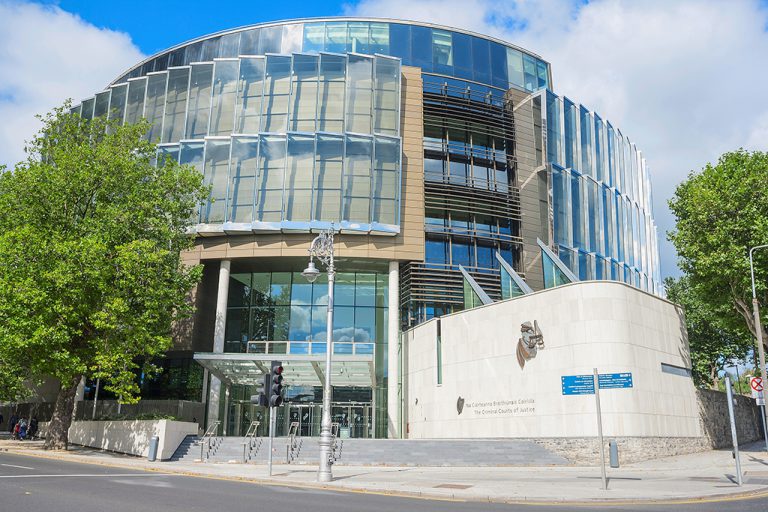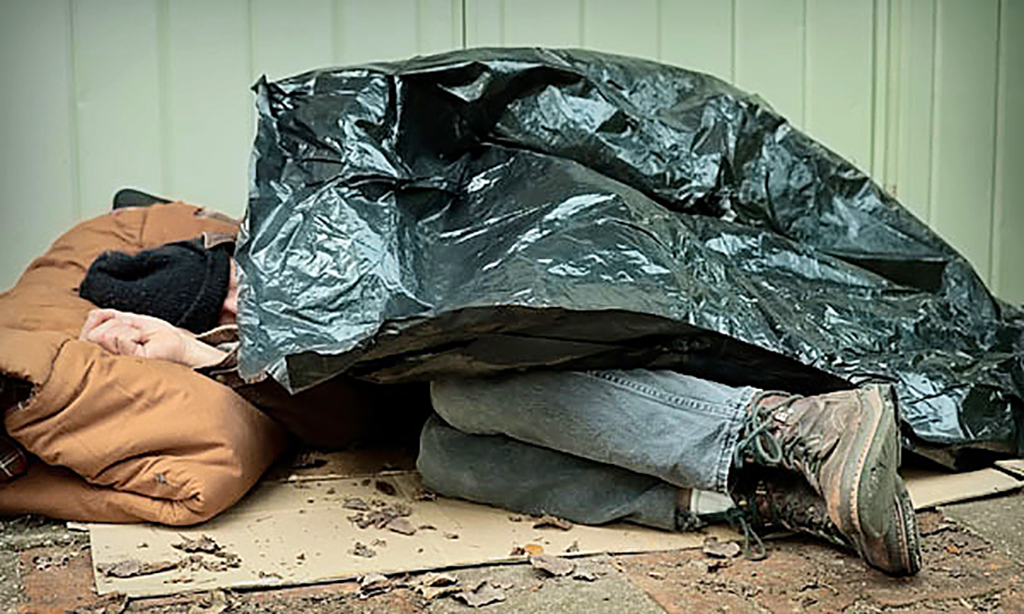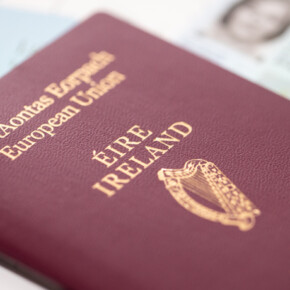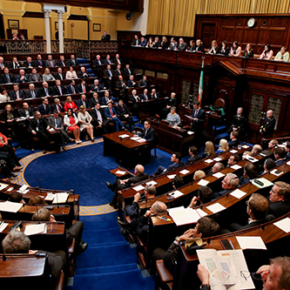Truck driver distressed after fatal collision with cyclist, trial hears
Gary Ibbotson 27 May 2022
By Peter Murtagh
The driver of a truck that ran over and killed a cyclist was in a distressed state at the scene when gardaí arrived, his trial had heard.
Garda Sergeant Liz Gallagher told the Dublin Circuit Criminal Court, where driver David Morrissey is on trial, that after she and colleagues arrived at the scene of the accident on the N11, he remained distressed for some time.
She said he co-operated with her, and with the subsequent investigation into the accident, the court heard yesterday.
Mr Morrissey (29), of Glendale Meadow, Leixlip, Co Kildare, has pleaded not guilty to driving without due care and attention, thereby causing the death of 19-year-old cyclist Harry Boland from Leeson Park in Donnybrook, Dublin, at the junction of Greenfield Park and the Stillorgan Road near RTE on the afternoon of April 18, 2018.
In a statement to gardai, made later and under caution, Mr Morrissey described driving his eight wheel truck on round trips between quarries and construction sites, including a Cairn Homes development, UCD and a Roadstone site.
He told gardai he had driven along the N11 northbound and approached traffic lights at the junction of the Stillorgan Road and Greenfield Park.
He said he checked his mirrors and moved into left hand lane so he might turn into Greenfield Park.
The lights went red and he stopped. There was no vehicle on his left, he had his left indicator on and his handbrake on as well, the court heard.
When the lights changed to green, he turned left.
After completing the turn, there was a bump, he said in his statement, read to the court by prosecuting barrister Michael Hourigan, BL.
He stopped and immediately jumped out and saw Mr Boland was severely injured. He said he knew the situation was bad and could feel his own legs going.
While being tended at the scene by paramedics and by Dr David Menzies, a consultant in emergency medicine, Mr Boland suffered a cardiac arrest.
He had a second heart attack at nearby St Vincent’s Hospital, where he was pronounced dead at 4.08pm and identified an hour later by his grandfather, Michael Toomey.
Sgt Gallagher said Mr Morrissey was breath tested as a matter of routine and passed the test.
Both his truck and the bicycle were found to be without defects.
At the scene, the garda took possession of Mr Boland’s mobile phone, the court heard.
It had an earpiece plugged into it but the cable had been cut when he was being tended at the scene.
Sgt Gallagher could not say if Mr Boland had been wearing earplugs at the time of the accident.
She told defence counsel Garnet Orange SC that Mr Boland’s phone was set to play music.
The triangular ‘play’ icon was showing on the phone’s screen but she could not say if the phone had been playing music at the time of the accident.
She agreed with Mr Orange that mobile phones were a cause of driver distraction.
She confirmed that Mr Morrissey’s phone was not in use at the time of the accident.
She agreed with Mr Orange that music on Mr Boland’s phone could have discontinued when the earpiece cable was cut.
Garda John Culleton, a forensic collision analyst, gave evidence via video link from Cyprus where he is on United Nations police duty.
He described examining the scene of the crash and noting grind marks on the road surface.
These had been caused by the bike handlebars, wheel axles and pedals as the cycle was dragged on the ground when the truck’s steering and driving axles went over it, he said.
The truck had six mirrors on it, he told the court.
Three of them were on the left hand side, including a wide angle mirror and a downward vision mirror.
A mirror on the windscreen allowed the driver see immediately in front of the truck.
Garda Culleton told the court he could see no area that was obstructed to the driver, except the area ahead of the side mirrors and before the area covered by the front mirror.
He described this as “a tiny little strip . . . a small area”. It was considerably smaller than a bicycle, he said.
During cross-examination, Mr Orange noted that in his report into the accident, Gda Culleton had concluded that “the driver could have been aware” of Mr Boland on his bicycle and that “the cyclist may have been available to be seen” by the driver.
“Cyclists are particularly admonished to be cautious in these circumstances,” said Mr Orange. Garda Culleton agreed.
Did he inquire as to whether Mr Boland was wearing a high-viz jacket, asked Mr Orange. Gda Culleton said he asked, but he didn’t get an answer.
“It’s a reasonable conclusion to draw that Mr Boland wasn’t wearing a high-viz jacket,” said Mr Orange. Gda Culleton said he couldn’t comment, that he dealt in facts and everything else was just speculation.
Gda Culleton said he had requested copies of witness statements before writing his report but had not received them. He said the report was based on the unbiased, empirical evidence he collected at the scene.
The trial continues today.











